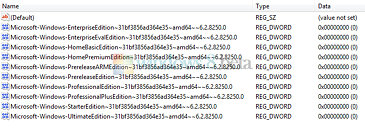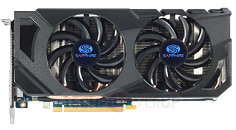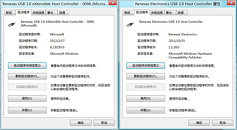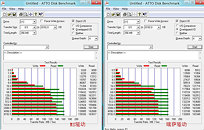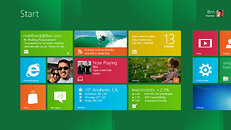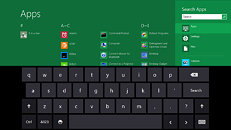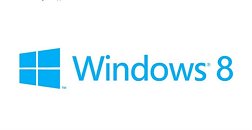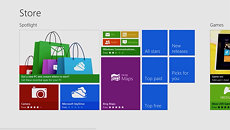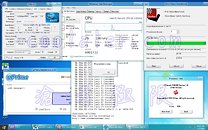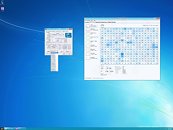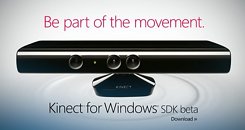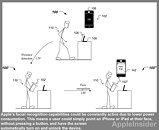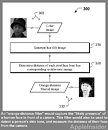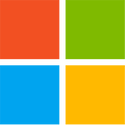
Windows 8 PC Has Six Variants
Poking around the registry of Windows 8 Consumer Preview, Windows8Beta discovered the operating system, at least the PC version, as having six variants. There are also mentions of ARM variants (for ARM tablets and notebooks), but let's look at the PC SKUs:
- Windows 8 Starter Edition, for low-cost PCs, netbooks, nettops, etc., probably targeting emerging markets only
- Windows 8 Home Basic, for value desktop PCs, netbooks, and notebooks
- Windows 8 Home Premium, for mainstream desktops and notebooks
- Windows 8 Professional, for home, office desktops and more functional notebooks
- Windows 8 Professional Plus, for office desktops and notebooks in dense local networks, probably has extra management, data security features
- Windows 8 Ultimate Edition, has the complete feature-set of the OS
